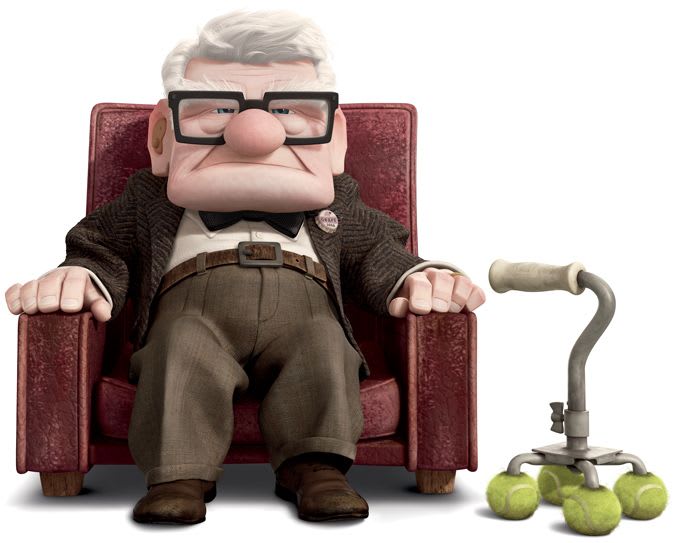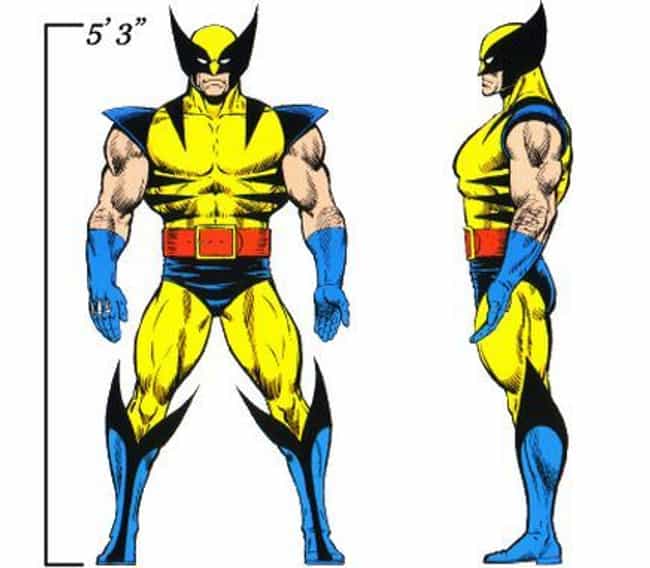Outline:
- Basic Character Design Shape Theory
- Alternative Mesh Generation Techniques
- Lab Time
- Assignment 03 (base sculpt)
Basic Character Design Shape Theory
Class Lecture Part 01
Foundation Shapes:
Everything you create in animation will be viewed flat, even if in 3D.
Always look at your designs from a compositional 2D point of view. Sometimes in 3D computer animation people get carried away with things that the viewer will never see. You care what the audience sees first and foremost, everything else is to help inform yourself.
There are three primary shapes:
Circles:
Circles are the most common shape utilized. The reason for this is more than likely because animated characters have a deep foundation in children's entertainment and circles are the least threatening shape.
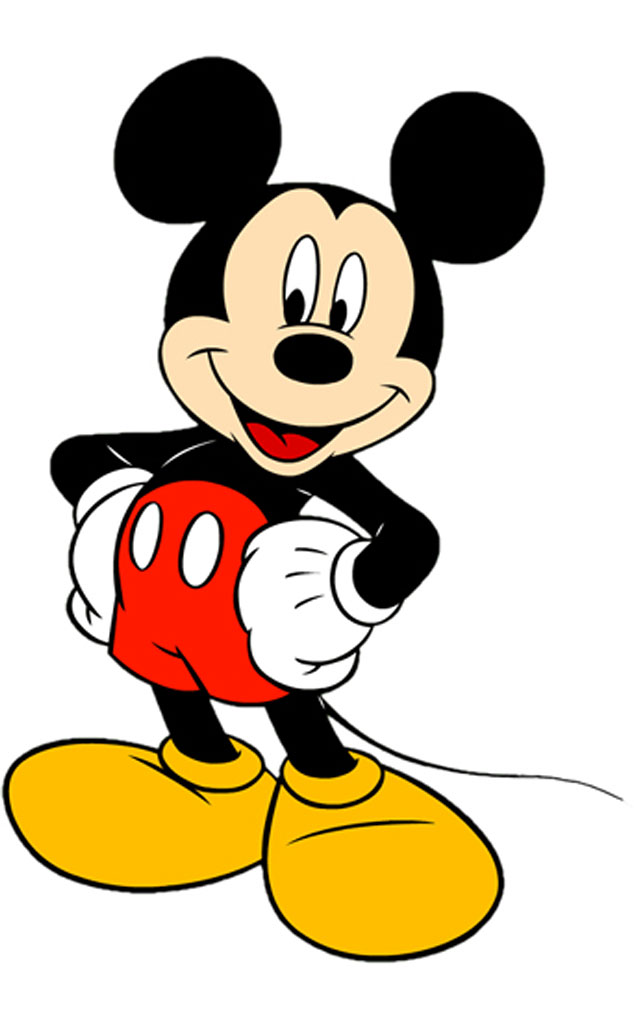

Squares:
Squares represent stability. They are un-moving resistant shapes. Squares are strong, dependable, solid, sometimes dumb. Often the "hero" or "strong arm" characters are squares.


Triangles:
Triangles are the most directional, aggressive, often the catalyst. Often the "villain" or "sly" characters are triangles.

Cast of Shapes:
It is best to use a variety of shapes. Notice the various shapes in the examples below



Angles:
It all really comes down to angles. The more angular the character the more aggressive they will appear.
Acute: Sharp hurts. Sharp is scary.
Obtuse: Round is soft. Blunt is non-threatening.
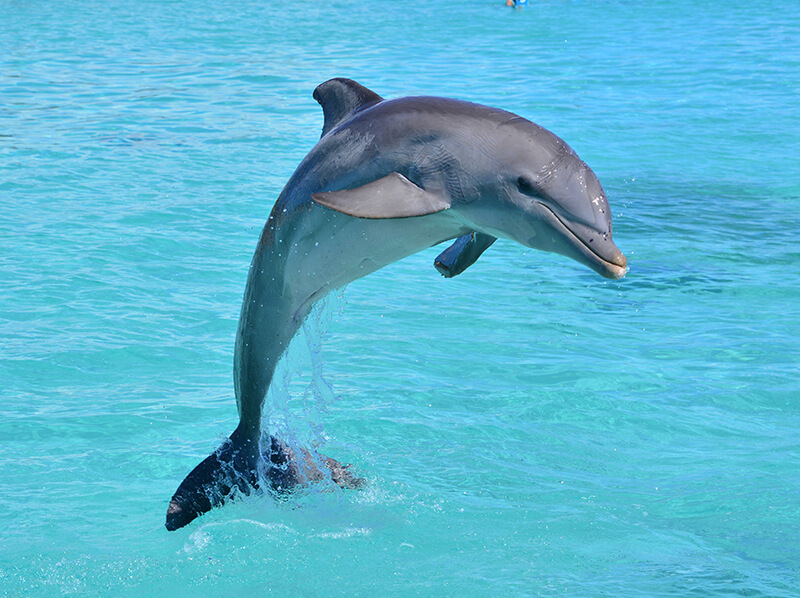
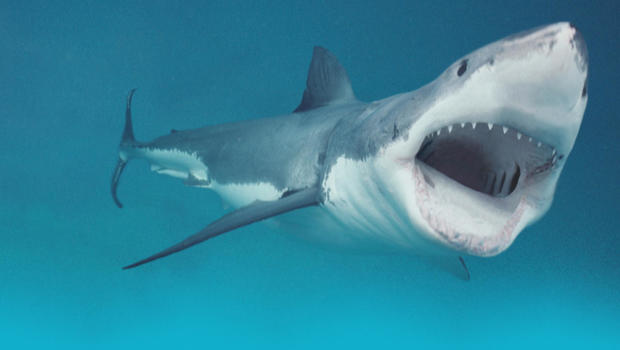
A dolphin and shark are the same basic shape. However the shark is sharp and the dolphin is not. Dolphin good. Shark bad.
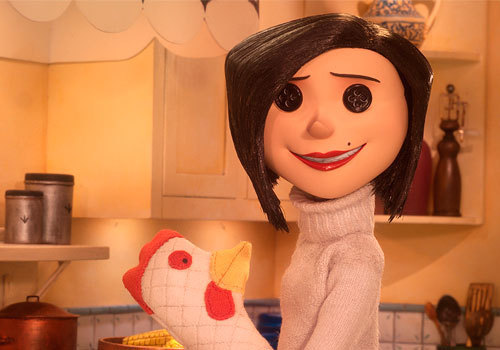
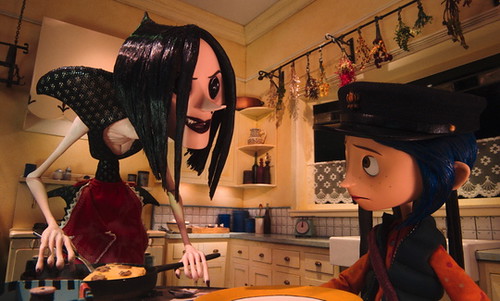
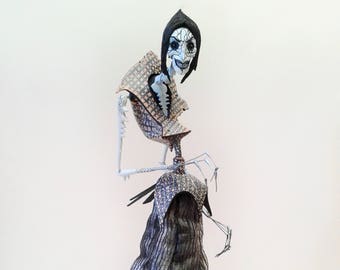
Notice how "The Other Mother" gets more and more angular and feels more threatening.
Complimentary and Whole Shapes:
Your characters should work as whole shapes, not a bunch of individual one’s. There should be one dominating mass that all other elements are drawn from.
You should utilize repeating and complimentary (similar but not same) sub-shapes throughout your design to make it more cohesive.


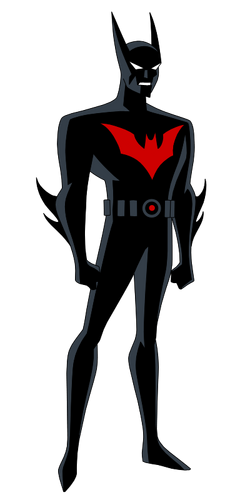
notice the repeating complimentary triangular shapes (ear pieces, shoulders, stripes, boots)
Here we have three versions of batman (90's animated classic, dark knight, batman beyond)
The entire design make use of consistent angles (even the logo changes). How do these make you feel?
Who is the strongest (dark knight)
who is the fastest (batman beyond)
middle of the road (original flavor)
Lines:
Shapes are made of angles and lines.
Straights and Curves:
Curves should never be more complicated than an ‘S’ or ‘C’. Anything more does not read well. This includes animated movements.
The simpler you go, and you want to go simple, the more precise and accurate your lines must be.
Do not only use one type of line you must use a selection of both straights and curves. You need the contrast (like big hand and small forearms). Straight lines are fast and curves are slow.


You can see that the characters are made up of only 'C', 'S', and straight lines.
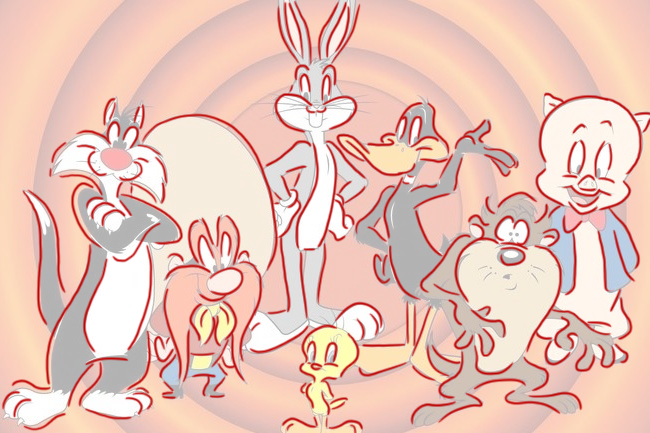
Alternative Mesh Generation Techniques
Class Lecture Part 01
ShadowBox:
ZBrush produces a three sided box (side, back, bottom) on which you draw a mask. These masks will result with a mesh based on where they intersect. This is a nice way to quickly produce a simple object.
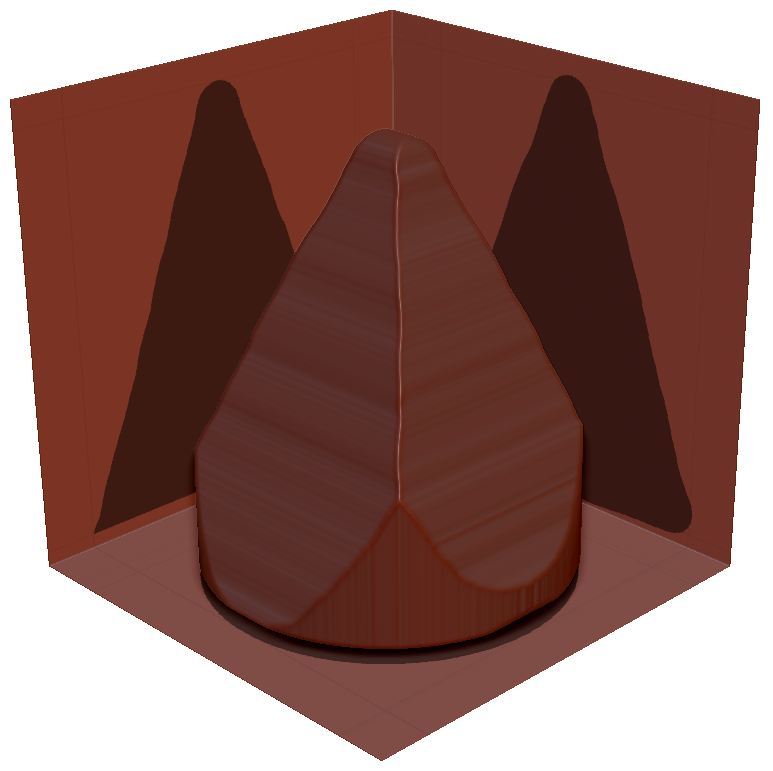
final result
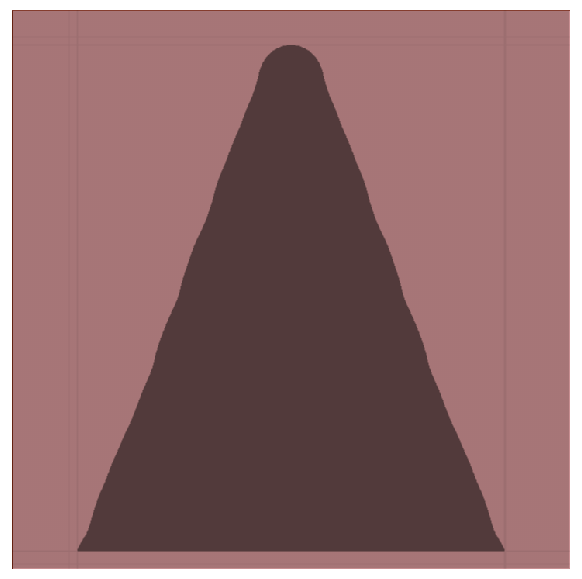
side

back
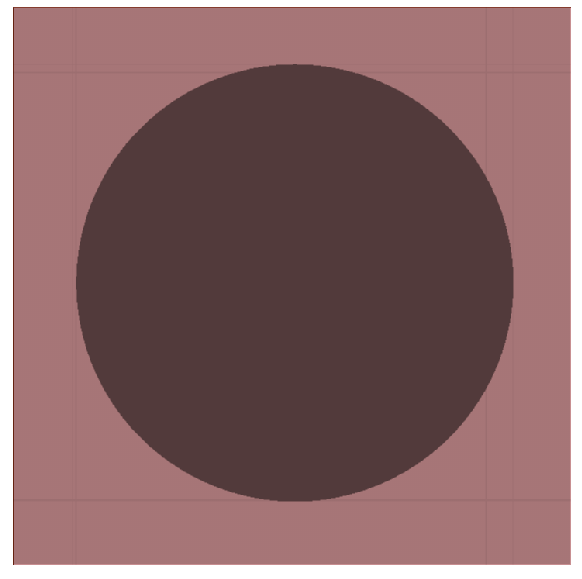
bottom
Dynamesh Primitive Modeling:
You can use Dynamesh to boolean (add or subtract) models. It is good for making mechanical designs.
Lab Time
Assignment 03
Creative Model
Students are encouraged to think "outside the box" and create something truly unique. A "blue sky" assignment. It doesn't need to be "realistic" but should be "believable." The final model should be appropriate for a special effect movie.
For Next Class: Complete the base sculpt
You will be graded on the following:
- Geometry:
- There are no errors in the geometry. Few tris used. Appropriate polycount.
- Topology:
- Gridflow is strong. Topology follows architecture well. Should fully support quality deformation.
- Texturing:
- Well-crafted UV's and elaborate materials are developed. Painted textures are fully developed with a strong sense of color theory. Fully "fleshed" out details are included.
- Creativity & Craftsmanship:
- Well structured, clean model. Novel, unique design.
Resources:
- You can find the rubric under the Assignments content folder in Blackboard.

